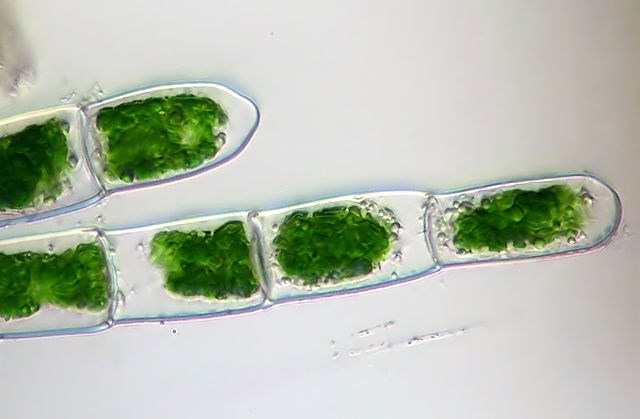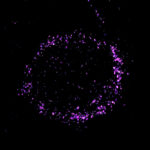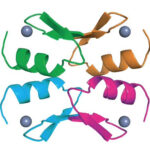Safety trial of algal anesthetic kicks off

Two years ago, we told the story of the quest of Charles Berde, MD, PhD, of Boston Children’s Division of Pain Medicine, to turn an algal toxin called neosaxitoxin into a long-lasting local anesthetic.
At that time, Berde—together with Alberto Rodríguez-Navarro, MD, from Padre Hurtado Hospital in Santiago, Chile, and a Chilean company called Proteus SA—already knew that neosaxitoxin, a site 1 sodium channel blocker which in nature is produced by algal blooms, could help patients who had undergone laproscopic surgery recover more quickly and experience less pain compared with the current state -of-the-art local anesthetic called bupivacaine.
The group has now taken a big leap forward. In May, they launched a Phase 1 clinical trial at Boston Children’s in healthy male patients, aimed at showing that neosaxitoxin produced by Proteus from bioreactor-grown algae is safe using clinically relevant doses.
“We received word from the Food and Drug Administration in March that we had collected enough preclinical toxicology data to move forward with the trial,” Berde says. “The next steps are to home in on the correct dose, establish safety and measure how neosaxitoxin clears from the body.”
Berde is confident that neosaxitoxin could be a potentially revolutionary alternative to the opioid-based anesthetics commonly used for local control of post-operative pain.
“Currently available local anesthetics all wear off after eight hours,” he explains. “Thus, we must resort to giving patients systemic opiate analgesics, which can cause a wide range of effects from nausea to sedation to shallow breathing. These effects can prolong a patient’s time in the hospital.
“With site 1 sodium channel blockers,” he continues, “we believe we can avoid these effects while providing prolonged pain control.”
Berde hopes to recruit between 77 healthy male volunteers, and anticipates finishing the trial in October.
Boston Children’s Technology and Innovation Development Office (TIDO) is looking for additional development partners for neosaxitoxin. To learn more, email TIDO@childrens.harvard.edu. To learn more about the trial, visit clinicaltrials.gov.
Related Posts :
-

A new druggable cancer target: RNA-binding proteins on the cell surface
In 2021, research led by Ryan Flynn, MD, PhD, and his mentor, Nobel laureate Carolyn Bertozzi, PhD, opened a new chapter ...
-

AI-enabled medical devices are burgeoning, but many haven’t been tested in children
Medical devices that incorporate artificial intelligence and machine learning are proliferating. In 2013, the FDA approved fewer than 10 such devices; by 2023, ...
-

Could a pill treat sickle cell disease?
The new gene therapies for sickle cell disease — including the gene-editing treatment Casgevy, based on research at Boston Children’s ...
-

A sickle cell first: Base editing, a new form of gene therapy, leaves Branden feeling ‘more than fine’
Though he doesn’t remember it, Branden Baptiste had his first sickle cell crisis at age 2. Through elementary school, he ...





